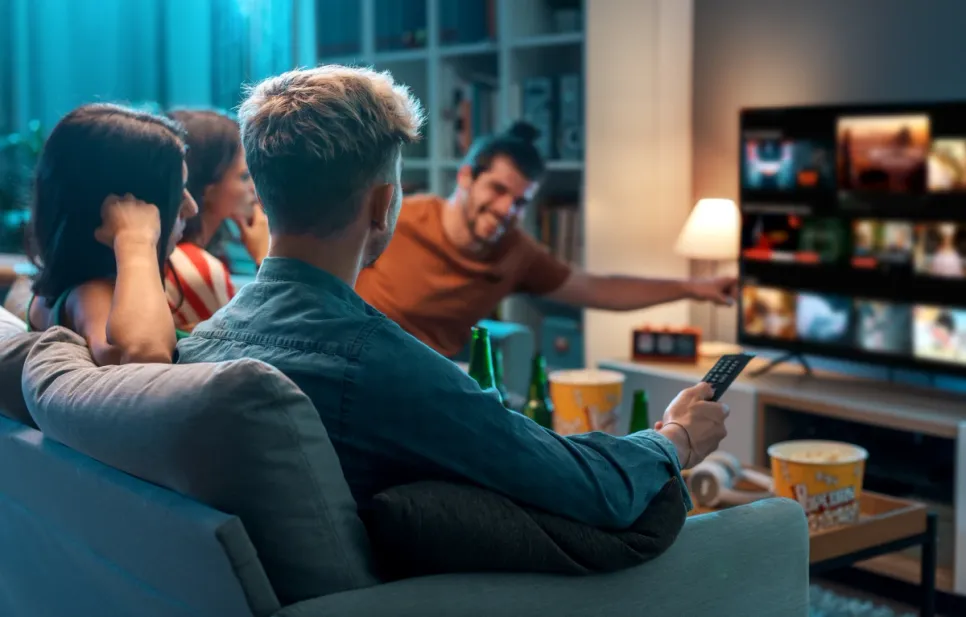Infobip and Haas Unveil Interactive Fan Quiz
Infobip is partnering with the MoneyGram Haas F1 Team on an innovative digital fan engagement campaign, designed to bring racing fans closer to the action.

European connectivity leaders Ericsson and Nokia have partnered with Berlin’s Fraunhofer Heinrich Hertz Institute (HHI) to shape and drive the next generation of video coding standardization. Their goal is to set standards for better immersive media and mobile video user experiences in the 6G era.
The three partners combined video codec research expertise for the first time, aiming to strengthen Europe's role in next-generation standardization. Partnership researchers jointly demonstrated a new video codec with considerably higher compression efficiency than the current standards (H.264/AVC, H.265/HEVC, and H.266/VVC) without significantly increasing complexity, while also improving energy efficiency and scalability. The documented research provides early evidence of technology capable of meeting the requirements for the next video coding standardization phase – an important milestone that helps initiate the process towards future decision-making.
The partners’ joint submission to the oversight bodies – the ITU-T Video Coding Experts Group and the ISO/IEC Moving Picture Experts Group (MPEG) – was positively evaluated and is expected to help catalyze progress towards evaluation and decision-making by the standardization committee. In line with the forecast 6G deployment, the next video codec standard is expected to be operational from 2029-2030 and will define the digital media landscape for the following decade.
Until then, current standards, such as VVC, play a vital role in delivering advanced video experiences, driving market demand for high-efficiency streaming, immersive media formats, and scalable solutions across diverse devices and networks. The new standard will be essential to a wide range of video-based applications, including mobile communication and streaming, as well as immersive and low-latency experiences. Anticipated use cases include the coding of professional-, user-, and AI-generated content; coding of gaming and 3D content; coding of content for machine consumption; and automotive and industrial use.